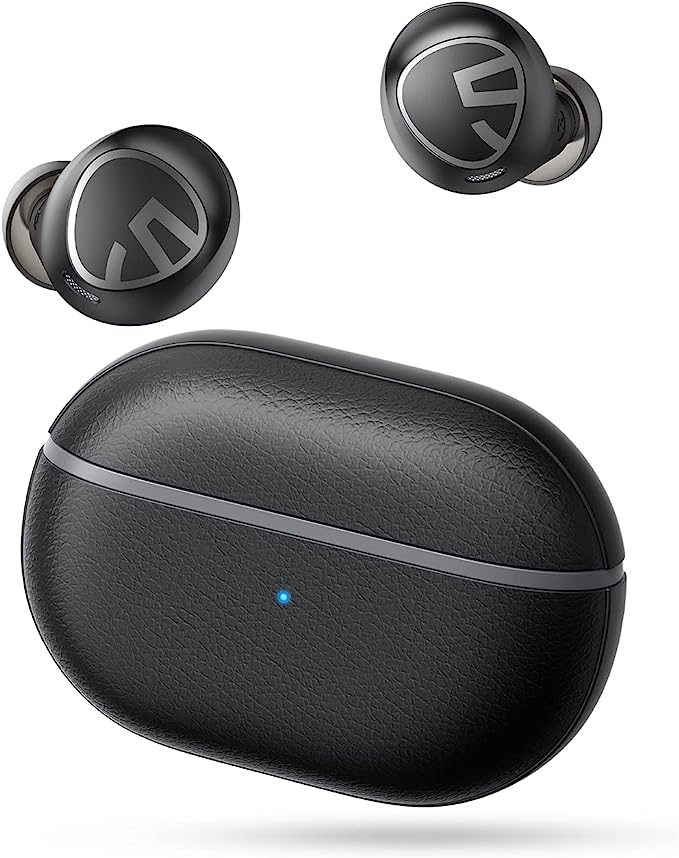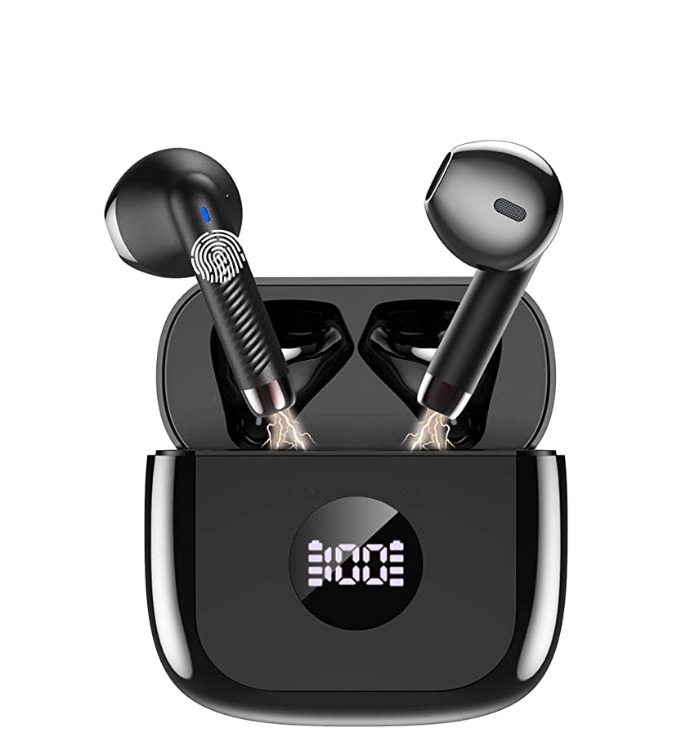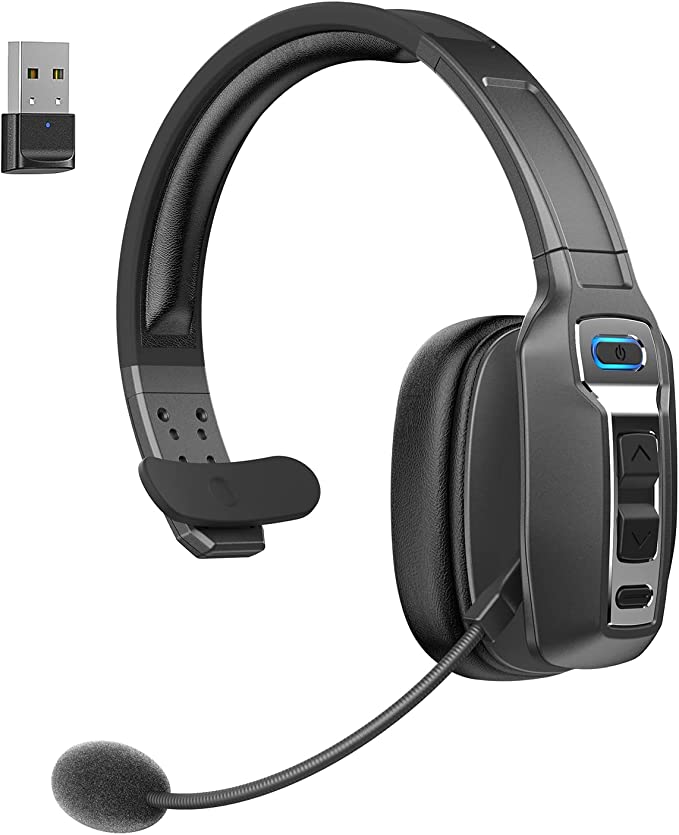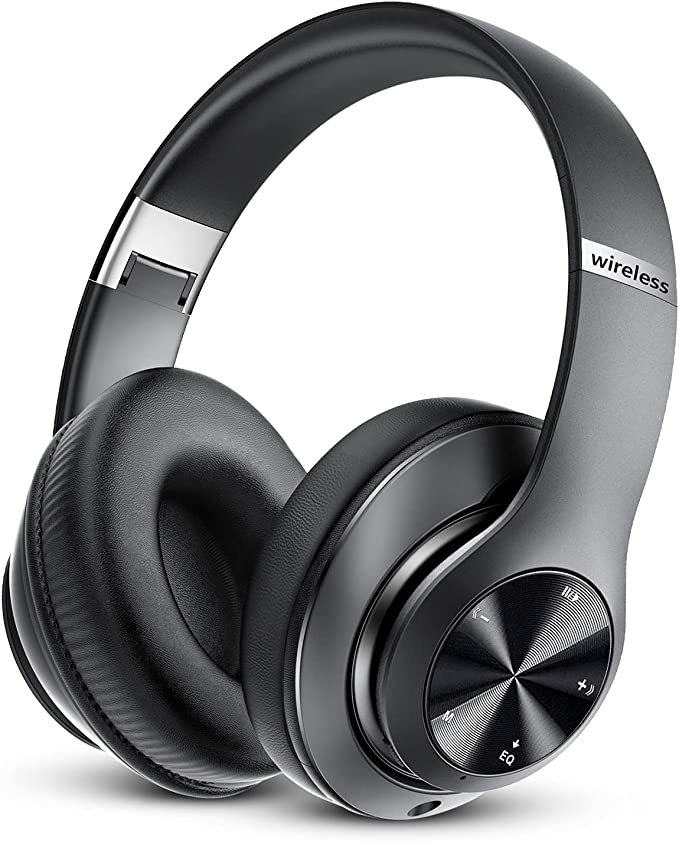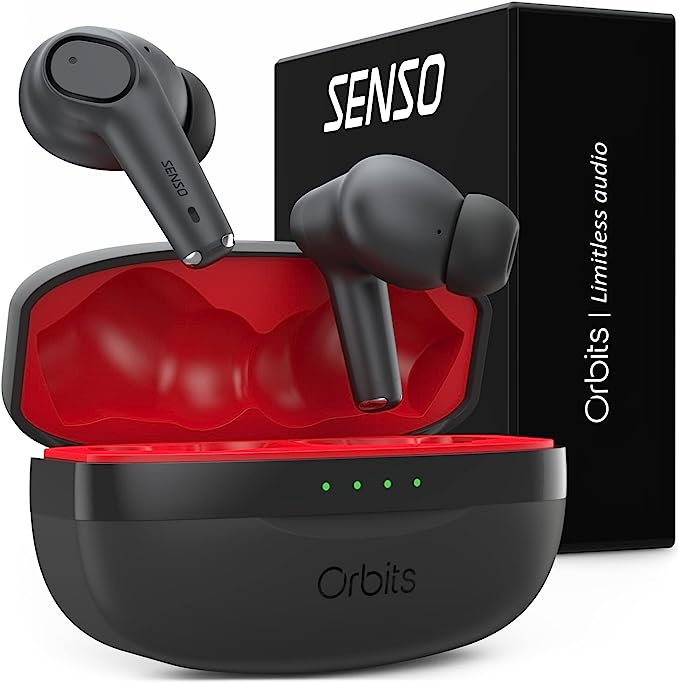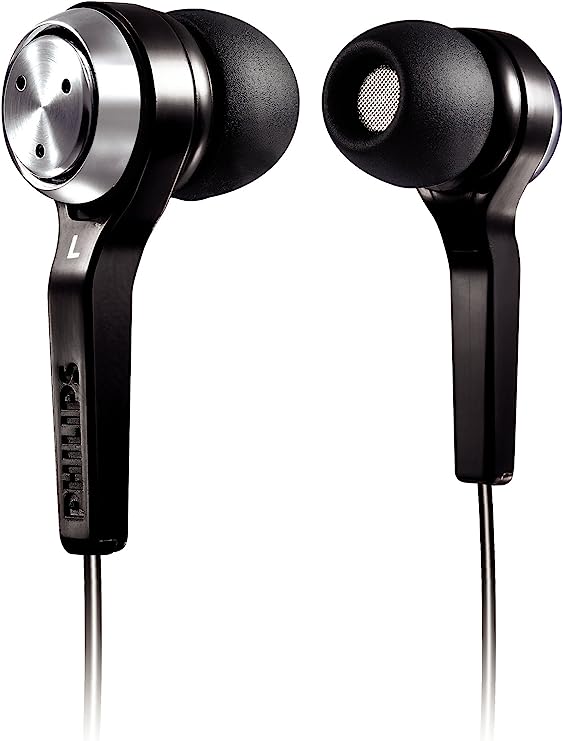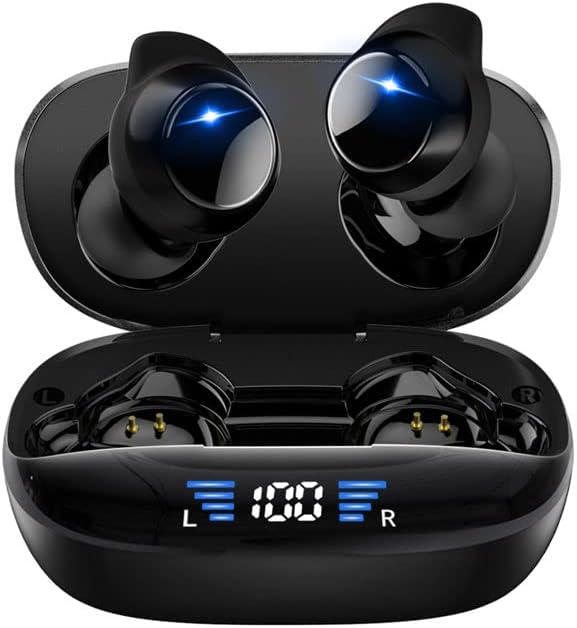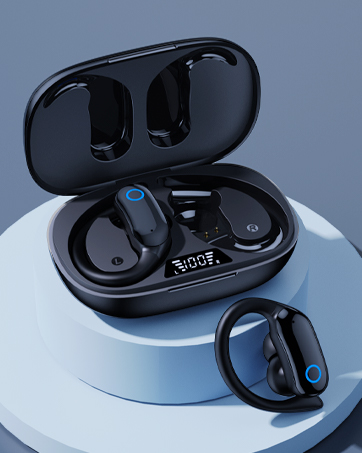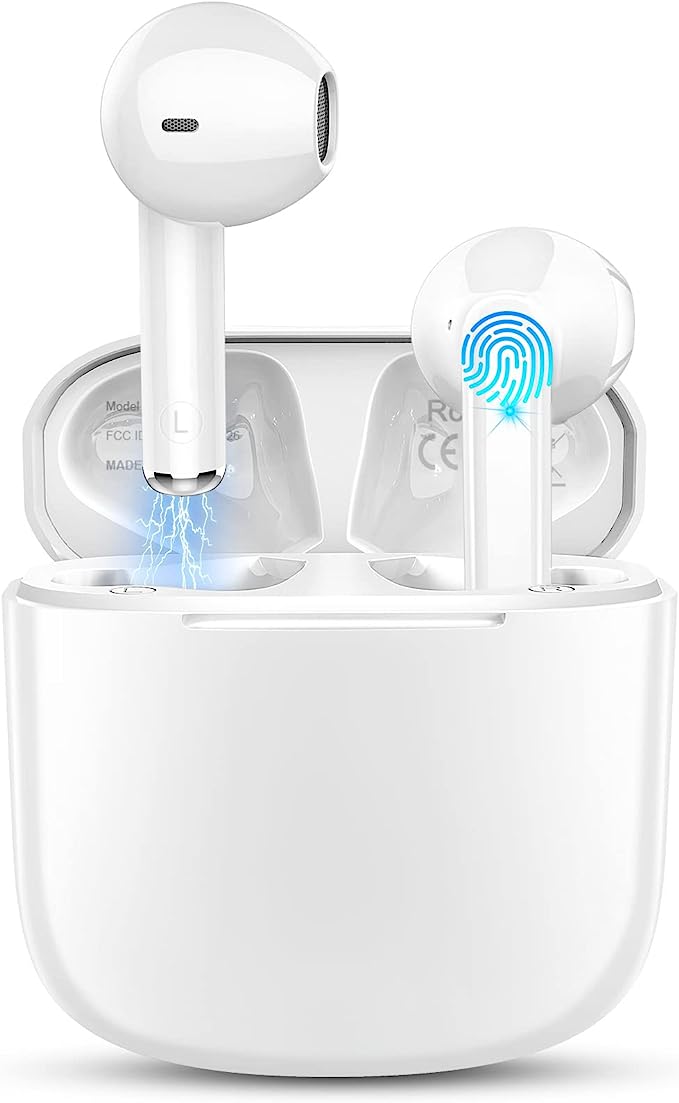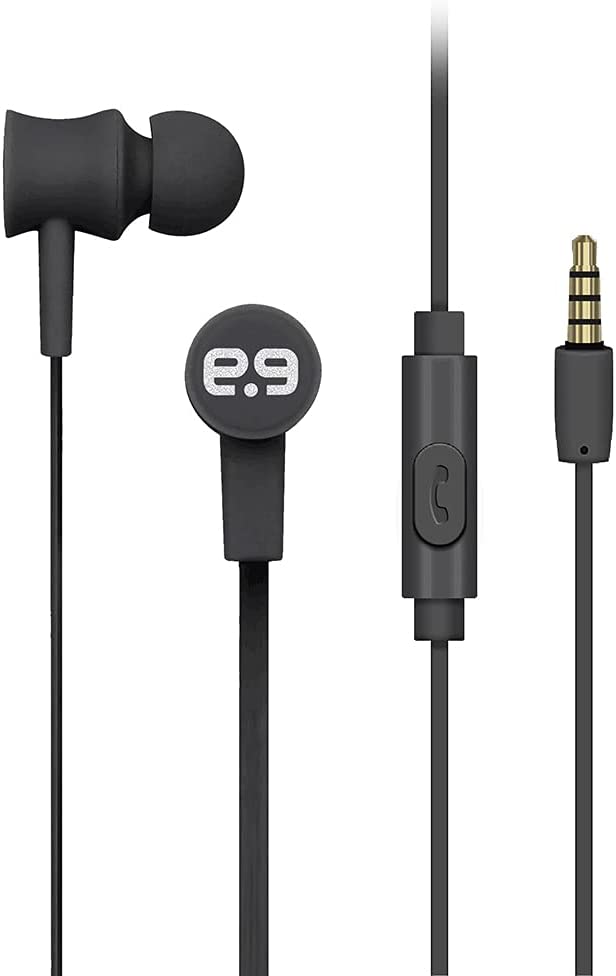Beyond the Box: Understanding the Real Performance of a Portable Air Conditioner
Update on Oct. 7, 2025, 2:25 p.m.
The promise arrives in a large, heavy box: instant relief from the sweltering summer heat, all contained in a sleek, wheeled unit you can place almost anywhere. A portable air conditioner, like the popular Coolblus A019K-05KR, feels like a modern miracle for apartment dwellers, home office workers, or anyone unable to install a traditional window unit. It boasts a suite of features—cooling, dehumidifying, a fan, a remote control, a sleep mode. On paper, it is the perfect solution.
But to truly understand this appliance, and to avoid the common pitfalls of disappointment, we must look beyond the feature list on the box. Using the Coolblus A019K-05KR not as a product to be reviewed, but as a case study to be deconstructed, we can uncover the three fundamental trade-offs inherent to almost every portable air conditioner on the market. These aren’t design flaws; they are the laws of physics at play. Understanding the delicate balance between cooling power, ambient noise, and water management is the key to making an informed decision and finding real comfort.

The Cooling Power Puzzle: Decoding the Numbers on the Box
When you shop for an air conditioner, the British Thermal Unit (BTU) is the headline number, the primary measure of cooling power. You might see 8,500 BTU, or even 12,000 BTU, printed in large font on the packaging of a unit like the Coolblus. The logic seems simple: bigger is better. But this is where the first, and perhaps most significant, point of confusion begins.
The Bottom Line: Don’t be swayed by the big BTU number on the box. Look for a second, smaller number labeled SACC or DOE. This is a much more honest and realistic measure of the unit’s true cooling capacity in your home.
The reason for this discrepancy lies in two different testing standards. The larger number, 8,500 BTU in the case of the Coolblus, is rated using the ASHRAE standard. Think of this as a “lab test” conducted under ideal conditions, where the unit’s heat exhaust and operational impact on the room’s air pressure are not fully accounted for. It measures the raw cooling output of the machine in isolation.
However, the U.S. Department of Energy (DOE) has established a more rigorous standard known as Seasonally Adjusted Cooling Capacity (SACC). This test is designed to simulate real-world usage. It acknowledges a critical fact about single-hose portable air conditioners: the very act of pumping hot air out through the exhaust hose creates negative pressure in the room. This causes warm air from hallways, other rooms, or even outside to be sucked in through gaps under doors and around windows, forcing the air conditioner to work harder. The SACC rating takes this reality, along with heat radiating from the hose itself, into account.
For a unit like the Coolblus A019K-05KR, one data sheet reveals the crucial numbers: an 8,500 BTU (ASHRAE) rating often corresponds to a much more modest 5,100 BTU (DOE/SACC). This is not a bait-and-switch; it’s a reflection of physics. It means that while the machine is technically generating 8,500 BTU of cooling power, the effective cooling you will actually feel in your room is closer to 5,100 BTU. This explains why a unit marketed for a 360 sq. ft. room might struggle to keep a space of that size truly cool on a very hot day, but would likely perform perfectly well in a 200-250 sq. ft. bedroom.

The Sound of Comfort: Living with 52 Decibels
So, you’ve found a unit with the right real cooling power for your space. But achieving that coolness comes at a cost, one that’s measured not in degrees, but in decibels. This brings us to the second critical trade-off: the sound of comfort. Most portable air conditioners, including the Coolblus, operate at a sound level of around 52 to 54 decibels (dB).
The Bottom Line: No portable air conditioner is truly silent. A rating of 52 dB is comparable to the constant hum of a modern refrigerator or a quiet, continuous conversation. Whether this is acceptable background noise or a sleep-disrupting nuisance is highly subjective.
The noise from a portable AC is not a single sound, but a combination of two distinct sources. First, there’s the constant whoosh of the fan pushing air around the room. This is a relatively steady, white-noise-like sound. Second, and often more noticeable, is the sound of the compressor. This is the heart of the machine, the component doing the actual work of cooling. When it kicks on, it produces a deeper, low-frequency hum and a slight jolt, and when it cycles off, the sudden change in sound can be jarring, especially at night.
To put 52 dB in context, a quiet library is about 30 dB, a refrigerator hum is around 40 dB, and a normal conversation is about 60 dB. So, this unit operates in the space between a quiet appliance and a conversation. For many, this becomes acceptable background noise during the day. At night, however, it’s a different story. The “Sleep Mode” on the Coolblus is advertised to drop the noise to as low as 42 dB. This is typically achieved by lowering the fan speed and programming the compressor to cycle less frequently, which, it’s important to note, also reduces the maximum cooling performance. For some users, this is a perfect compromise. For light sleepers, even the 42 dB hum and the intermittent cycling of the compressor can be disruptive.
The Water Paradox: The Myth of “Drain-Free” Cooling
After a cool and relatively peaceful night, you might wake up to a different kind of challenge. While the unit was busy battling heat and noise, it was also waging a war against a third, invisible enemy: humidity. And the byproduct of that war is water—often, a lot more than the “auto-evaporation” or “drain-free” marketing lets on.
The Bottom Line: In any climate with moderate to high humidity, you will need to manually drain your portable air conditioner. The “drain-free” feature only works effectively in very dry conditions.
Here’s the physics: when warm, humid air passes over the cold coils inside the air conditioner, the moisture in the air condenses into liquid water, just like water droplets forming on the outside of a glass of iced tea. This is the dehumidifying aspect of the unit. “Auto-evaporation” is a clever system that uses the heat generated by the unit’s hot components (the condenser coils) to turn some of this collected water back into vapor, which is then expelled out of the exhaust hose along with the hot air.
This system works brilliantly in dry climates like Arizona or Nevada, where the amount of moisture being pulled from the air is minimal. However, in a humid climate like Florida in July or Pennsylvania during a heatwave, the sheer volume of water condensing out of the air can quickly overwhelm the system’s ability to evaporate it. The excess water flows into an internal collection tray. When this tray is full, a sensor will automatically shut the unit off to prevent a spill, often accompanied by a beeping alert.
This is why user reviews for the Coolblus A019K-05KR are filled with conflicting experiences. One user might claim they never have to drain it, while another, like the reviewer who resorted to a small trash can, reports having to empty a container every few hours. Neither user is wrong; they are simply battling different levels of humidity. Some units can pull over 90 pints (more than 11 gallons) of water from the air in a single day under very humid conditions. Therefore, knowing your local climate is crucial to setting realistic expectations for maintenance.

Conclusion: The Empowered Buyer’s Checklist
A portable air conditioner is a masterpiece of compromise. It offers cooling in spaces where other options are impossible. But that convenience is balanced by the physical realities of thermodynamics and acoustics. The Coolblus A019K-05KR is neither a miracle nor a failure; it is a perfect, tangible example of these compromises.
By understanding these inherent trade-offs, you can transform from a hopeful buyer into an empowered one. Instead of just reading features, you can now evaluate any portable air conditioner with a more critical eye using this simple checklist:
- Find the Real BTU: Ignore the big number. Search the specifications for the SACC or DOE rating to understand its true, in-room cooling power.
- Assess Your Noise Tolerance: Understand that 50-55 dB is the baseline. If you are a light sleeper, a “sleep mode” is essential, but it won’t be silent.
- Know Your Climate: Check your region’s typical summer humidity. If you live in a humid area, plan for regular water draining to be a part of your routine.
Ultimately, the best portable air conditioner isn’t the one with the most features, but the one whose compromises you can most comfortably live with. By learning to read between the lines of the marketing, you can ensure that the box that arrives at your door delivers not just an appliance, but genuine, well-understood comfort.







